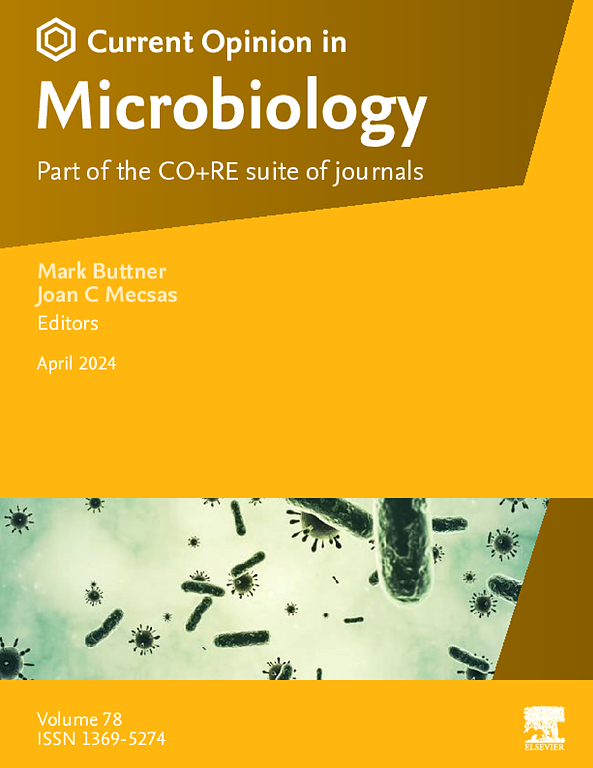免疫代谢形成慢性金黄色葡萄球菌感染:从生物膜感染模型的见解
IF 7.5
2区 生物学
Q1 MICROBIOLOGY
引用次数: 0
摘要
金黄色葡萄球菌既是一种共生细菌,也是一种多功能病原体,能够从良性定植者转变为引起侵袭性疾病。它形成生物膜的能力——一种有弹性的、高度结构化的细菌群落——在慢性感染中起着关键作用,包括那些与医疗植入物和天然组织相关的感染。这些生物膜生态位独特的微环境给宿主免疫系统带来了挑战,使病原体清除变得复杂。免疫代谢是免疫功能和代谢程序之间的相互作用,在决定宿主如何对抗金黄色葡萄球菌生物膜方面起着至关重要的作用。白细胞对生物膜的反应发生了深刻的代谢变化,这可能导致免疫反应失调和持续感染。这篇综述探讨了最近对金黄色葡萄球菌生物膜免疫反应代谢景观的定义,重点是两个临床相关模型,即开颅手术和假体关节感染。本文章由计算机程序翻译,如有差异,请以英文原文为准。
Immunometabolism shapes chronic Staphylococcus aureus infection: insights from biofilm infection models
Staphylococcus aureus is both a commensal bacterium and versatile pathogen, capable of transitioning from a benign colonizer to cause invasive disease. Its ability to form biofilm — a resilient, highly structured bacterial community — plays a key role in chronic infections, including those associated with medical implants and native tissues. The unique microenvironments of these biofilm niches create challenges for the host immune system, complicating pathogen clearance. Immunometabolism, the interplay between immune function and metabolic programming, plays a crucial role in dictating how the host combats S. aureus biofilms. Leukocytes undergo profound metabolic changes in response to biofilm, which can lead to dysregulated immune responses and persistent infection. This review explores recent insights defining the metabolic landscape of immune responses to S. aureus biofilm with a focus on two clinically relevant models, namely, craniotomy and prosthetic joint infection.
求助全文
通过发布文献求助,成功后即可免费获取论文全文。
去求助
来源期刊

Current opinion in microbiology
生物-微生物学
CiteScore
10.00
自引率
0.00%
发文量
114
审稿时长
6-12 weeks
期刊介绍:
Current Opinion in Microbiology is a systematic review journal that aims to provide specialists with a unique and educational platform to keep up-to-date with the expanding volume of information published in the field of microbiology. It consists of 6 issues per year covering the following 11 sections, each of which is reviewed once a year:
Host-microbe interactions: bacteria
Cell regulation
Environmental microbiology
Host-microbe interactions: fungi/parasites/viruses
Antimicrobials
Microbial systems biology
Growth and development: eukaryotes/prokaryotes
 求助内容:
求助内容: 应助结果提醒方式:
应助结果提醒方式:


